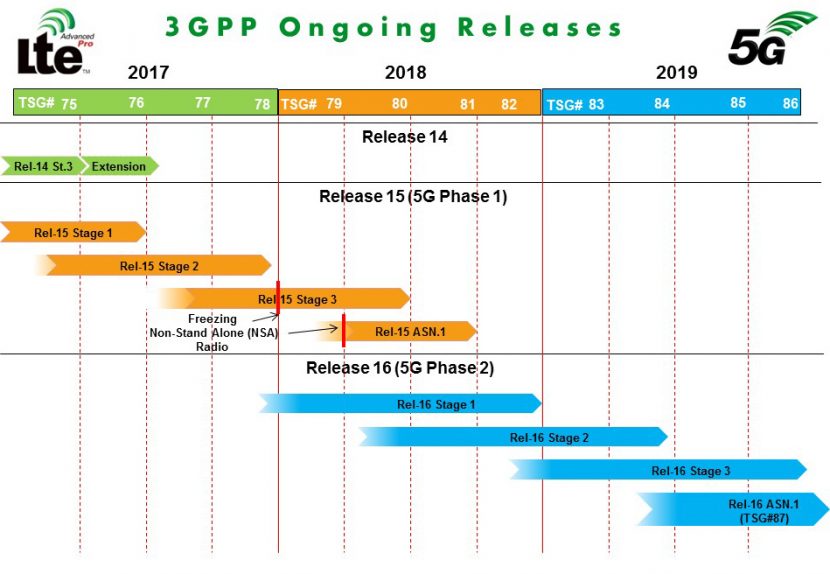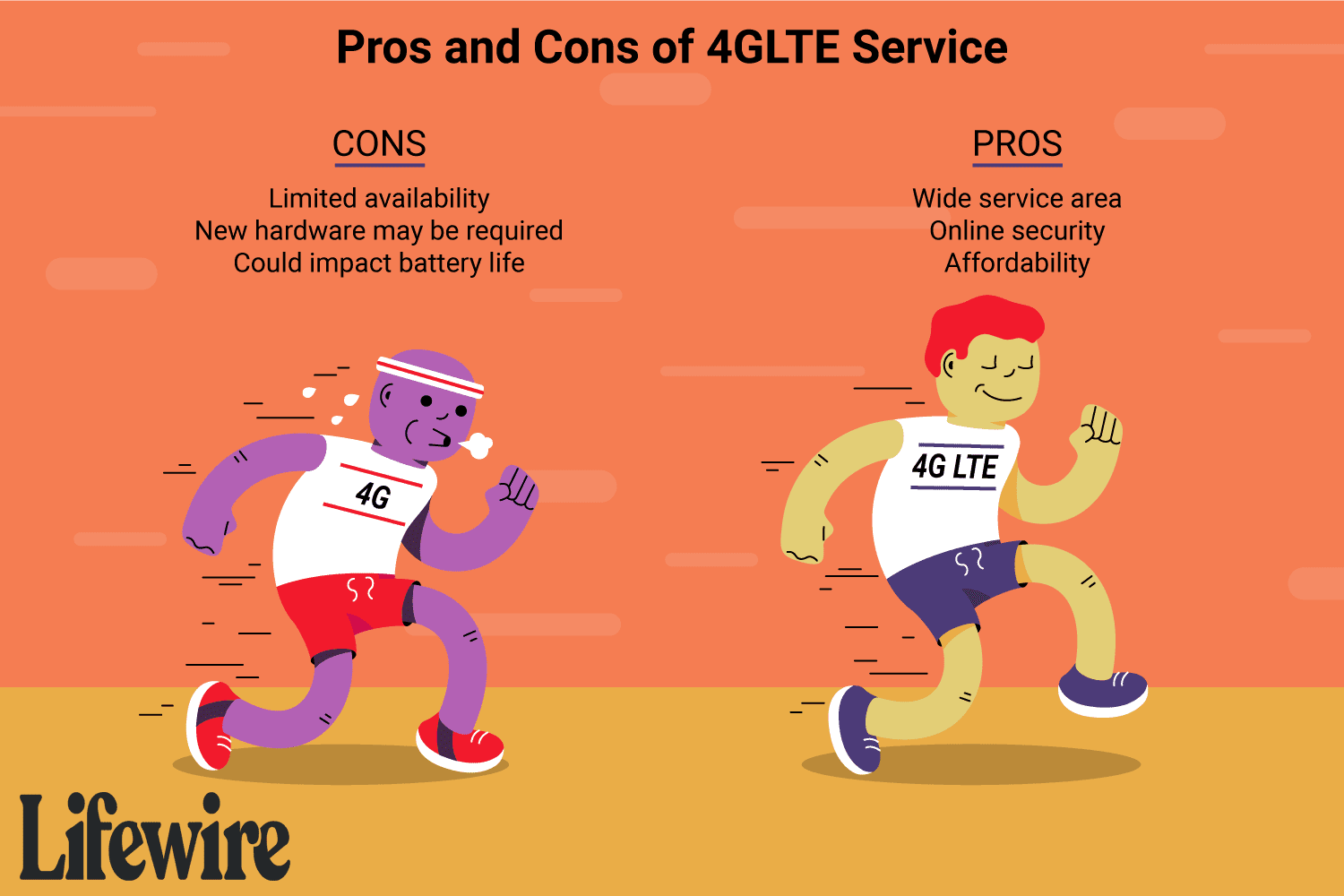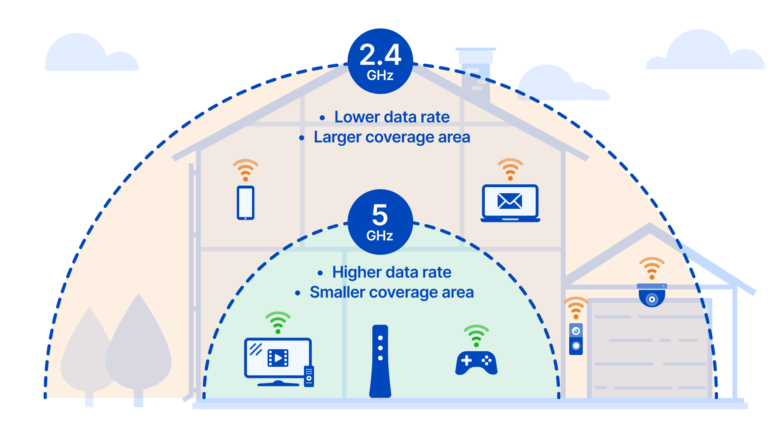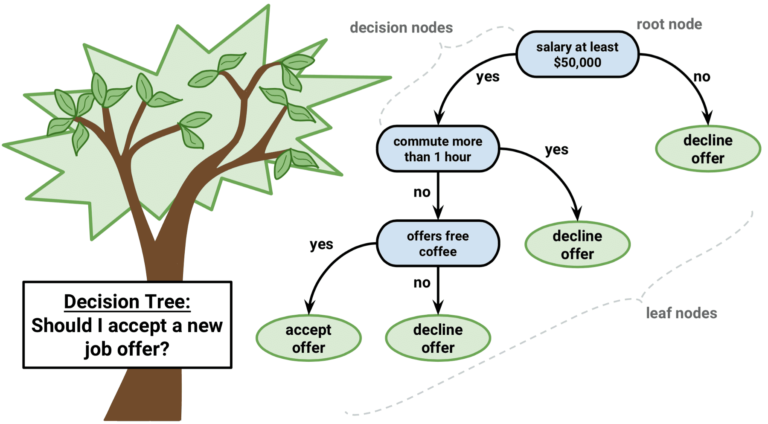How Fast Is LTE?
LTE, or Long Term Evolution, is a mobile network technology that has become increasingly popular in recent years. It is a 4G technology that provides higher speeds than the previous 3G technology, allowing users to access the internet faster and more reliably. LTE networks are now available in many countries across the globe, offering faster speeds than ever before. For many users, LTE is the best choice for their mobile data needs. But how fast is LTE, really? The answer depends on a few different factors, including your specific device, the network you’re using, and the amount of traffic on the network. Generally, LTE speeds can reach up to 50 Mbps for downloads and 10 Mbps for uploads, though these numbers can vary widely depending on the aforementioned factors.
Overview of LTE
Long Term Evolution (LTE) technology is a 4G mobile broadband standard that is designed to provide faster data speeds than its predecessors. It is the latest version of cellular technology, and it is quickly becoming the most popular mobile data technology in the world. LTE networks are capable of delivering data speeds that are up to ten times faster than those of 3G networks, and it is also capable of providing higher data rates and greater bandwidth for users. LTE networks are also capable of providing faster upload and download speeds than other technologies, which makes them ideal for streaming video and audio. LTE networks also provide users with more reliable connections, as they are less susceptible to interference and congestion. As a result, users can enjoy an improved overall experience when using their mobile devices.
How LTE Works
LTE (Long Term Evolution) is a 4G wireless communication standard that has revolutionized the way we connect to the internet. It is now the most widely used mobile data technology and is capable of speeds that are several times faster than 3G networks. But just how fast is LTE? To answer this question, it is important to understand how LTE works.
LTE is a digital cellular network that uses multiple antennas to transmit data wirelessly. It operates on different radio frequencies and uses software-defined radio technology to dynamically adjust the data transmission rate. In addition, LTE can use multiple access technologies like time-division duplex (TDD) and frequency-division duplex (FDD) to increase the data transfer rate.
In order to maximize its data transmission rate, LTE uses a variety of techniques including beamforming, modulation, and multiple-input multiple-output (MIMO). Beamforming allows the LTE network to focus its transmission power to specific areas, thus increasing the data rate. Modulation is a technique that allows the LTE network to adjust its data transmission rate according to the current network conditions. MIMO helps increase the data transfer rate by using multiple antennas to send and receive data simultaneously.
These technologies combined with the fact that LTE networks generally have higher bandwidths than 3G networks, allow LTE to provide speeds that are significantly faster than 3G. The exact speeds depend on the network, the device, and the coverage area, but generally range from 5 Mbps to 50 Mbps.
In conclusion, LTE is a powerful and reliable wireless technology that is capable of providing speeds that are several times faster than 3G networks. By understanding how LTE works and taking advantage of its powerful features, users can enjoy fast and reliable internet connections.
Advantages of LTE
LTE stands for Long Term Evolution and it is a technology used for mobile broadband internet access. It is the latest standard in cellular communications, offering faster speeds and better coverage than older cellular networks. With LTE, users can now enjoy downloads up to 10 times faster than 3G, and uploads up to 5 times faster. The technology also allows for higher peak data rates and lower latency, making it ideal for streaming media and downloading large files. But the advantages of LTE don’t end there. LTE networks are also more reliable and efficient, allowing for better use of the available spectrum and battery life. Additionally, LTE networks are more secure than their predecessors, making it an ideal choice for businesses that require a secure and reliable connection. Overall, LTE is an ideal choice for those looking for a reliable and fast mobile broadband connection.

Disadvantages of LTE
The advent of Long Term Evolution (LTE) technology has revolutionized the way we communicate with each other, allowing us to access data faster than ever before. While LTE offers many advantages, it also comes with some drawbacks that should be considered when deciding whether to use it. One of the most significant disadvantages of LTE is its high cost. As a result of the advances in technology, LTE plans are often more expensive than other wireless plans, making it difficult for some people to afford the service. Additionally, LTE networks are not widely available in certain parts of the world, requiring users to purchase extra hardware or switch to a different network in order to access LTE service. Lastly, LTE networks tend to be less reliable than other networks, and signal strength can vary significantly. These disadvantages should be taken into account when making the decision to use LTE.
How LTE Compares to Other Network Technologies
LTE, or Long Term Evolution, is a mobile telecommunications technology that provides users with high-speed data connection and reliable coverage. It is the most up-to-date network technology available and is often referred to as 4G. But what does this mean for users and how does LTE compare to other network technologies?
LTE is faster than other existing mobile networks, including 3G and 2G, providing download speeds of up to 10 times faster than 3G and up to 100 times faster than 2G. It also offers a reliable connection with fewer dropped calls and better coverage. Additionally, LTE is capable of handling more data-intensive applications such as streaming HD videos and playing online games.
In comparison to other technologies, LTE provides a more secure connection through its advanced encryption methods. For those who are more privacy-conscious, LTE is a great option. It also offers a wider range of services than other technologies, such as Voice over LTE (VoLTE) and Enhanced Mobile Broadband (eMBB).
In a nutshell, LTE is the most advanced mobile network technology available today and provides users with faster speeds, reliable coverage, and enhanced security. It is also capable of handling more data-intensive applications than other technologies, making it the best choice for users.
Conclusion
In conclusion, LTE is a key technology that is transforming the way we interact with mobile networks. It has revolutionized the speed and quality of data transfer, allowing mobile users to experience faster and more reliable connections. LTE is not only faster than other technologies, but it is also more secure and efficient, making it one of the most important advances in mobile technology. With the advent of 5G networks, many people are wondering how LTE stands up in comparison. While 5G networks offer faster speeds and improved latency, LTE is still a great option for mobile users looking for reliable and fast data transfer. With the help of LTE, mobile users can enjoy faster downloads and uploads, reliable connections, and secure data transfer.
FAQs About the How Fast Is LTE?
1. What is the average speed of LTE?
Answer: The average speed of LTE is typically between 5 and 12 Mbps (megabits per second), with peak speeds of up to 50 Mbps.
2. Is LTE faster than 3G?
Answer: Yes, LTE is much faster than 3G. While 3G typically has a maximum speed of up to 14 Mbps, LTE can reach speeds of up to 50 Mbps.
3. Does LTE use more data than 3G?
Answer: No, LTE does not use more data than 3G. In fact, many mobile carriers offer plans that use the same amount of data for both 3G and LTE connections.
Conclusion
In conclusion, LTE is a very fast network that provides users with a reliable connection for their data needs. LTE networks are capable of speeds up to 100 Mbps, though actual speeds may vary depending on the user’s location and network provider. For those who need reliable and fast connections, LTE offers an excellent option.





